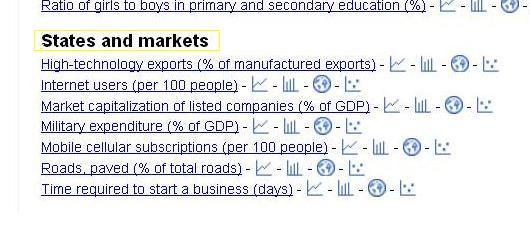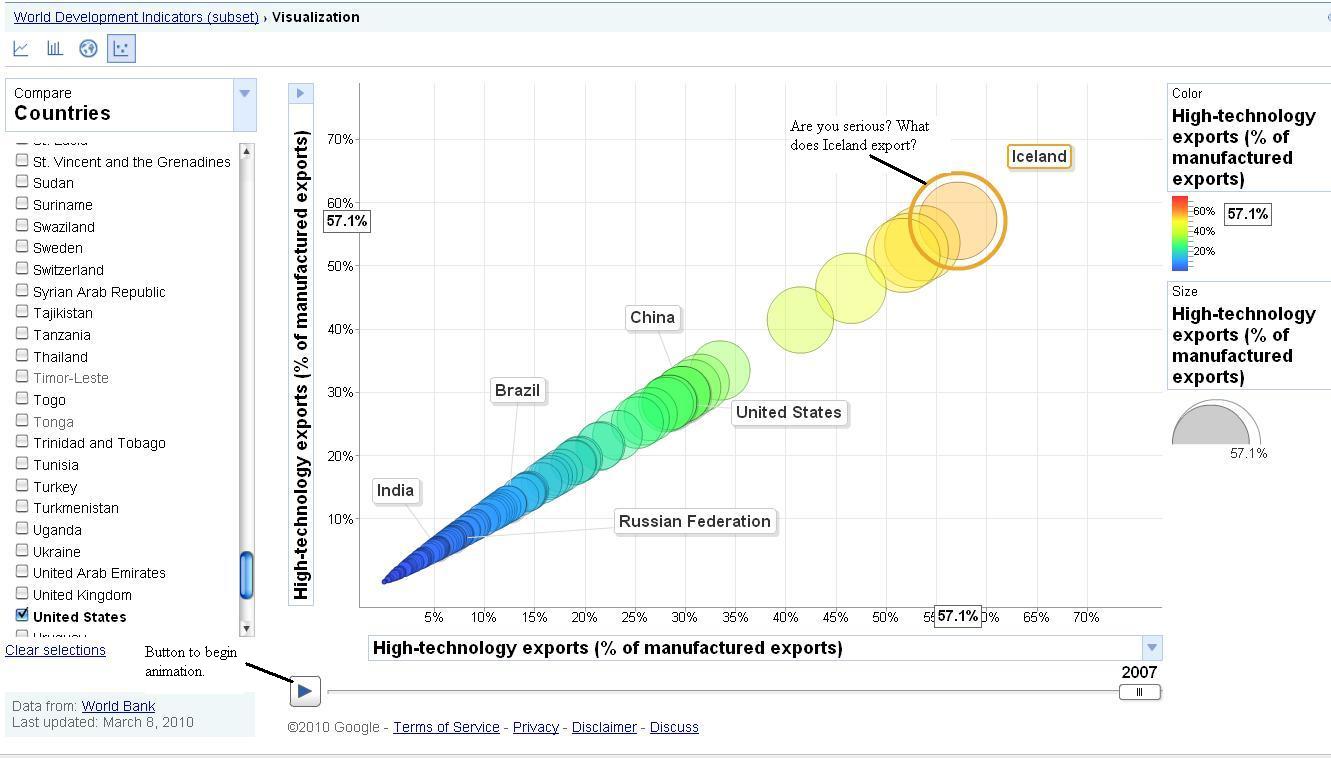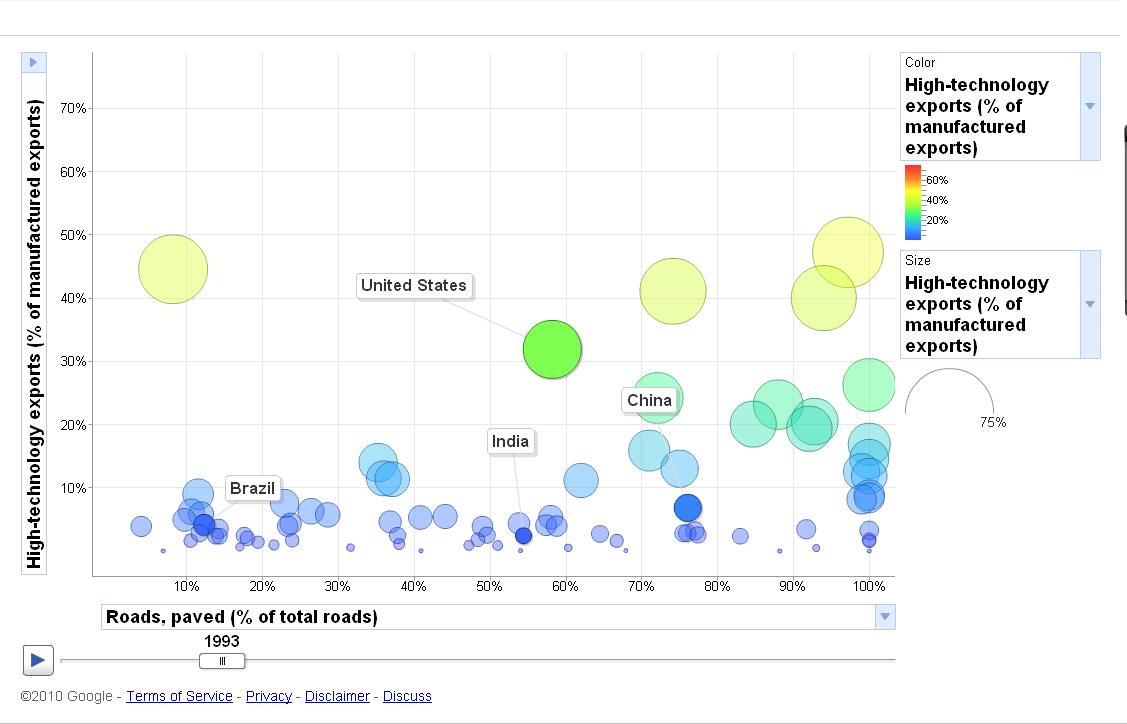Something fascinating happened this weekend at the library. I was there looking for some books on marketing for online businesses. I found the books I was looking for and left to head back home. Once I started sifting through one of the books, I found the visiting card of a real estate agent in the south bay area, California. Initially, I thought the guy must have used it as a page mark or something and I used it as such. After a while I asked myself what if the card was there deliberately? If it were, then how many people can this guy actually reach, by slipping his card into some inane business book.
Just for kicks, I went back to the library and to the same section. I went through all the books on that row and yes, I found his card in 4 out of maybe 10 books. This piqued my interest, so I went to the real estate section and looked for books on marketing in real estate, amazingly I found the card in a few books there as well. This guy was definitely using the books to advertise. Given the state that the real estate business is in the country, I wasn't really surprised that agents were resorting to such gimmicks as cost cutting measures, and I just empathize with these guys. Sure it may actually be illegal or atleast immoral for the guy to market through public property, but heck he thought of something different.
On an aside, what could be the total number of patrons at Santa Clara library? Correct me if I go wrong with my reasoning, based on its location, I think patrons from about a 2-3 mile radius would come regularly to the library. So that encompasses south Santa Clara, parts of Cupertino and some part of San Jose. I would like to assume that these areas contribute roughly 3-5 % of that city's population which is 100 thousand, 50 thousand and about a million roughly, respectively. So that would mean a pool of 55 thousand people. Wikipedia says that roughly 35% of residents in these cities are between 25 and 44, so I can safely assume that this would be my first filter, so that gives me 19 thousand people. Assuming a 95% literacy rate we have 18 thousand people. Given that the high tech industry in America is pretty much head quartered here, we can say that close to 50% of that number may directly or indirectly be involved in businesses dealing with the high tech industry in some capacity or the other. Of that number I would think there would be 1 business person for every 10 non business professional in the bay area. Thus, my estimate is that the real estate agent was looking at a market of about 900 people on the upside. Of this number, somehow I feel less than 50% would have the need to come to the library to access information, so realistically he was looking at something like 300 or 400 potential leads. Was it worth it? Not quantitatively but qualitatively?
Just for kicks, I went back to the library and to the same section. I went through all the books on that row and yes, I found his card in 4 out of maybe 10 books. This piqued my interest, so I went to the real estate section and looked for books on marketing in real estate, amazingly I found the card in a few books there as well. This guy was definitely using the books to advertise. Given the state that the real estate business is in the country, I wasn't really surprised that agents were resorting to such gimmicks as cost cutting measures, and I just empathize with these guys. Sure it may actually be illegal or atleast immoral for the guy to market through public property, but heck he thought of something different.
On an aside, what could be the total number of patrons at Santa Clara library? Correct me if I go wrong with my reasoning, based on its location, I think patrons from about a 2-3 mile radius would come regularly to the library. So that encompasses south Santa Clara, parts of Cupertino and some part of San Jose. I would like to assume that these areas contribute roughly 3-5 % of that city's population which is 100 thousand, 50 thousand and about a million roughly, respectively. So that would mean a pool of 55 thousand people. Wikipedia says that roughly 35% of residents in these cities are between 25 and 44, so I can safely assume that this would be my first filter, so that gives me 19 thousand people. Assuming a 95% literacy rate we have 18 thousand people. Given that the high tech industry in America is pretty much head quartered here, we can say that close to 50% of that number may directly or indirectly be involved in businesses dealing with the high tech industry in some capacity or the other. Of that number I would think there would be 1 business person for every 10 non business professional in the bay area. Thus, my estimate is that the real estate agent was looking at a market of about 900 people on the upside. Of this number, somehow I feel less than 50% would have the need to come to the library to access information, so realistically he was looking at something like 300 or 400 potential leads. Was it worth it? Not quantitatively but qualitatively?


 What the animation proves is that there is a direct correlation between the infrastructure in the state and the levels of industrial production. I am no economist nor a sociologist, but I find this tool interesting and informative. But it is not without its flaws. I have put together what I feel works for this tool and what doesn't.
What the animation proves is that there is a direct correlation between the infrastructure in the state and the levels of industrial production. I am no economist nor a sociologist, but I find this tool interesting and informative. But it is not without its flaws. I have put together what I feel works for this tool and what doesn't.